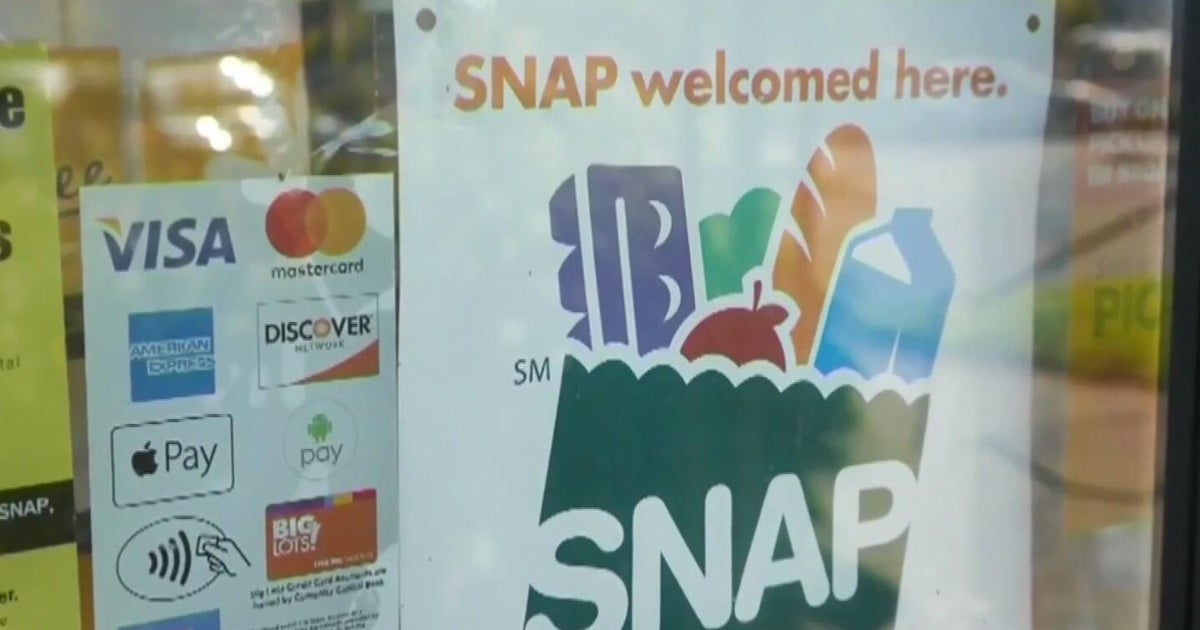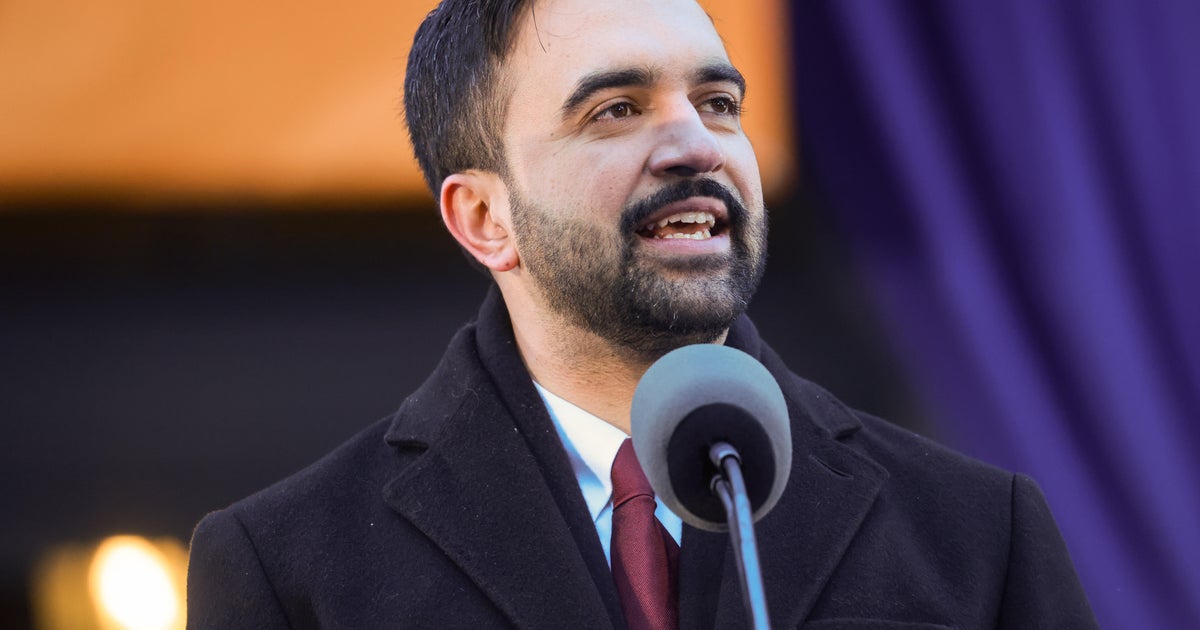Biden administration set to issue $1,400 stimulus payments
President Joe Biden signed the $1.9 trillion American Rescue Plan into law on Thursday, paving the way for his administration to deliver expanded unemployment, direct cash and other coronavirus relief to millions of Americans.
Mr. Biden's move followed the House's passage of the measure on Wednesday and the Senate's approval on Saturday. "This historic legislation is about rebuilding the backbone of this country and giving people in this nation, working people, middle class folks, people who built the country, a fighting chance," Mr. Biden said before signing the bill.
White House press secretary Jen Psaki said the first wave of direct deposit checks would begin hitting Americans' bank accounts as soon as this weekend. Payments are expected to continue over the next several weeks. In a new ad touting the stimulus plan, Mr. Biden said more than 85% of people will receive one of the $1,400 checks.
- Child care a major factor in women leaving jobs during the pandemic
- Child Tax Credit: Millions of parents could soon get up to $3,600 per child
The nearly $2 trillion pandemic package was heralded by anti-poverty and unemployment experts, who said the $1,400 checks as well as other provisions — such as an extension of the $300 per-week extra jobless aid for millions of unemployed people and an expansion of the Child Tax Credit for low-income households — will help families pay their bills and lift children out of poverty.
Almost half of Americans are still experiencing financial pain one year after the pandemic shuttered the economy and caused massive layoffs, according to the Pew Research Center.
"Working families will get $1,400 per individual from a third stimulus check, plus they will benefit from a muscled-up child tax credit [of up to $3,600 per child]," noted Andrew Stettner, an unemployment expert at the Century Foundation, a progressive think tank. "That is real aid that can help reverse the unprecedented economic inequities laid bare and exacerbated by the pandemic."
Stettner added, "The federal response to COVID-19 has already averted poverty for millions of Americans, and this package is poised to continue that critical work."
The relief bill's spending will likely boost U.S. economic growth this year, economists say, with Moody's Investors Service forecasting 4.7% real GDP growth in 2021 and 5% next year, partly thanks to the stimulus checks and other fiscal aid directed to households.
"This is the most consequential legislation that any of us will ever be a party to," House Majority Leader Nancy Pelosi said on Wednesday after the bill's passage in that chamber on Wednesday.
3 in 4 Americans approve: CBS poll
CBS News polling shows that the bill is widely popular with the public, with three in four Americans approving of its passage. Two-thirds of Americans also said Mr. Biden is doing a good job in his handling of the pandemic.
Fewer Americans are likely to receive checks in the third round of stimulus payments because the bill tightens the income threshold for qualifying for the $1,400 checks compared with the previous two rounds of direct checks.
The American Rescue Plan directs the $1,400 direct payments to individuals earning up to $75,000, but cuts off eligibility for single people earning more than $80,000. For couples who file a joint federal income tax return, the phase-out begins at those making $150,000 and ends at $160,000. People who file their taxes as head of household will receive the full $1,400 if they earn less than $112,500, while the payments will be cut off for those earning more than $120,000.
To see how much you might receive, you can use this Omni online calculator to determine whether you qualify and your potential payment.
When will the checks arrive?
The president signed the bill into law before Sunday, March 14, a key date since that's when the current extra $300 in weekly unemployment aid was set to expire. The American Rescue Plan ensures the extra $300 in weekly jobless pay will continue through September.
In addition to the $1,400 checks, the bill provides funding for small businesses; offers families with kids a tax break of up to $3,600 per child; and boosts government spending on COVID-19 testing and contact tracing.
The legislation would send $350 billion to state and local governments and tribal governments for costs incurred up until the end of 2024. The bill also requires that small states get at least the amount they received under virus legislation that Congress passed last March. Schools will also benefit, with $130 billion in additional funding targeted to schools for students in kindergarten through 12th grade.
Spending for colleges and universities would be boosted by about $40 billion, with the money used to defray an institution's pandemic-related expenses and to provide emergency aid to students to cover expenses such as food and housing and computer equipment. And a new program targeted for restaurants and bars hurt by the pandemic will receive $28.6 billion. Other measures include help for rental and homeowner assistance and more support to help people pay for health care premiums under the Affordable Care Act.
The two previous rounds of stimulus checks required anywhere from days to months to reach consumers' checking accounts and mailboxes. The second stimulus check, approved at the end of December, had a faster rollout than the first, with some people receiving their checks just days after the bill was signed into law.
The IRS relies on a taxpayer's most recent tax return to determine how much they should receive and when they might receive it. That's why some tax experts had urged taxpayers to file their returns as soon as possible, especially if they had a major life change last year, such as the birth of a child or the loss of a job or income in 2020.
Because the IRS officially started accepting tax returns on February 12 and is slated to close the filing window on its customary date of April 15 for most Americans, the bill has been signed into law during the middle of tax filing season.
If a taxpayer has not filed their 2020 tax return by now, the IRS likely will rely on their 2019 tax return to calculate their stimulus check payment — and that 2019 return might not reflect income losses during last year's economic crisis or a new child, for example. In that case, a taxpayer might not receive as much stimulus money as they are entitled to.
Here are the income limits for checks
A person's income is the chief determinant of whether they'll get a check, as well as the payment amount.
The payments will amount to $1,400 for a single person or $2,800 for a married couple filing jointly. Only individuals earning up to $75,000 would get the full payments, as would married couples with incomes up to $150,000. Payments would decline for incomes above those thresholds.
The bill cuts off single people with incomes over $80,000 and married couples earning more than $160,000. Under the first stimulus check, the cut-offs were higher, at $100,000 for individuals and $200,000 for married couples.
Some lawmakers argued the checks should be targeted to lower-income families, citing research that shows that higher-income families are rebounding from the pandemic's economic impact. But other research signals widespread financial pain throughout the nation, with the ranks of adults experiencing financial hardship little changed from December, according to Morning Consult economist John Leer.
A third round of $1,400 checks would allow nearly 23 million adults to pay their expenses for more than four months without going into more debt or eating into their savings, his analysis found.
"That third stimulus check is absolutely vital," Credit Karma Chief People Officer Colleen McCreary told CBS MoneyWatch. "I don't see a world where people will have their financial footing without some additional stimulus money."
The Associated Press contributed to this report.





